Here’s your refined and formatted blog titled “A Parent’s Guide to Immediate Care and Recovery”, tailored for your website Child OrthoCare. It’s structured for clarity, SEO, and patient engagement, with a strong call-to-action at the end:
A Parent’s Guide to Immediate Care and Recovery: Handling Fractures in Children
Children are full of energy—running, climbing, jumping, and exploring the world around them. With this boundless activity, occasional injuries are inevitable. Among the most common is a fracture or broken bone.
While most fractures in children heal very well, knowing what to do in the moment is key to minimizing complications and ensuring a smooth recovery.
In this blog, we’ll help you understand, identify, and manage fractures with confidence.
What Is a Fracture?
A fracture is a break or crack in a bone. Because children’s bones are still growing, they are more flexible and softer than adult bones—making them more prone to injury, but also faster to heal.
Common Causes of Fractures:
- Falls while playing or during sports
- Bicycle or playground accidents
- Direct trauma (e.g., bumping into something)
- Underlying bone weakness (e.g., in rare conditions)
Types of Fractures in Children
Understanding the type of fracture helps guide treatment. Some common types include:
- Greenstick Fracture: The bone bends and cracks but doesn’t break completely—common in younger children
- Torus (Buckle) Fracture: Caused by compression of the bone, forming a bulge or raised area
- Complete Fracture: The bone breaks into two or more parts
- Growth Plate Fracture: Affects the ends of long bones; crucial to monitor for proper development
- Stress Fracture: Tiny cracks from repeated strain—common in active children or young athletes
Signs and Symptoms of a Fracture
You should suspect a fracture if your child experiences:
- Sudden, intense pain after an injury
- Swelling, bruising, or tenderness around the area
- Difficulty moving or using the affected limb
- Deformity or unusual positioning
- Limping or refusing to walk
- Crying and refusal to use the arm or leg
Sometimes symptoms are subtle, especially in minor or hairline fractures. Always seek medical attention if in doubt.
First Aid: What to Do Immediately
If you suspect a fracture, follow these simple first-aid steps:
- Stay calm and reassure your child
Your calmness helps reduce your child’s fear and stress. - Immobilize the injured area
Avoid moving the limb. Use a rolled towel or sling to stabilize it gently. - Apply ice
Wrap an ice pack in a cloth and apply to the injured area to reduce swelling. - Do not attempt to straighten the limb
This can cause more harm. - Seek immediate medical help
Visit a pediatric orthopedic clinic or hospital for accurate diagnosis and treatment.
Diagnosis and Evaluation at Child OrthoCare
Our evaluation includes:
- A thorough physical examination
- X-rays to assess bone damage and growth plates
- In select cases, ultrasound or MRI for complex injuries
This helps us provide a precise diagnosis and tailor the treatment to your child’s age and activity level.
Treatment Options for Pediatric Fractures
Treatment depends on the type and severity of the fracture:
For Minor or Stable Fractures:
- Cast or splint (plaster or fiberglass)
- Rest and activity limitation
- Follow-up imaging to ensure healing
For Severe or Displaced Fractures:
- Bone realignment (closed reduction)
- Surgery (rarely needed), involving pins, rods, or plates
- Physical therapy during recovery
Most children heal quickly—within 3 to 6 weeks, depending on the injury.
Special Note on Growth Plate Fractures
Fractures involving the growth plate (found near the ends of long bones) require extra monitoring to ensure proper bone development and avoid future limb length differences or deformities.
Home Care After Treatment
- Keep the cast clean and dry
- Watch for signs of poor circulation (tingling, numbness, tightness)
- Follow doctor’s instructions for rest and movement
- Avoid physical activity or sports until fully healed
- Attend all follow-up appointments for reassessment
Final Thoughts
Fractures in children are common—and with the right care, they are highly treatable. Knowing what to do in the moment and seeking specialized care promptly can make a big difference in your child’s healing journey.
Trusted Pediatric Fracture Care at Child OrthoCare
If your child has suffered a suspected fracture, don’t wait.
Dr. Nargesh Agrawal and our expert team provide child-friendly, specialized orthopedic care for safe, successful healing.
Book an Appointment Today
Visit: www.childorthocare.online/contact
Or call us directly for assistance.
We’re here to help your child bounce back—stronger and healthier.
Let me know if you’d like this blog turned into a downloadable guide, educational brochure, or email for parents after clinic visits.





